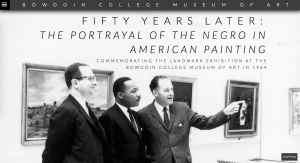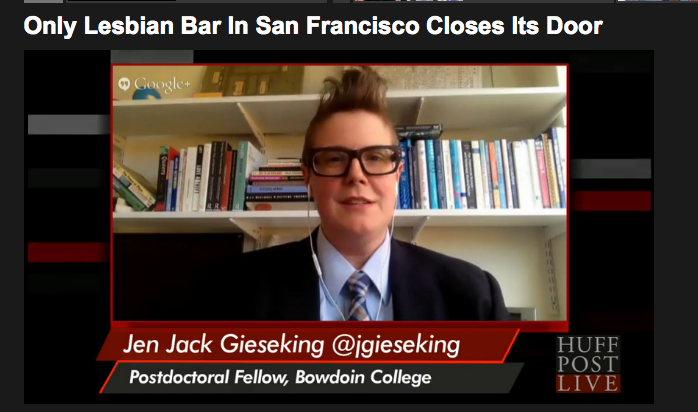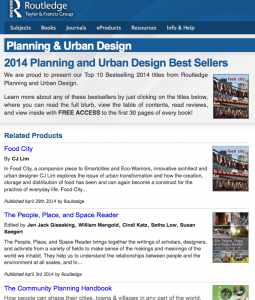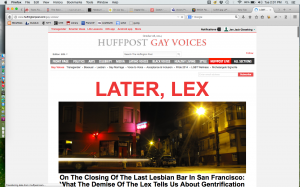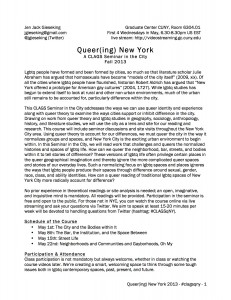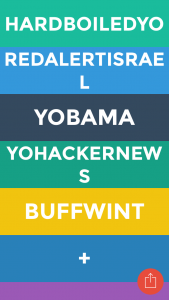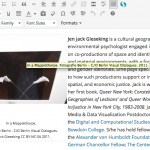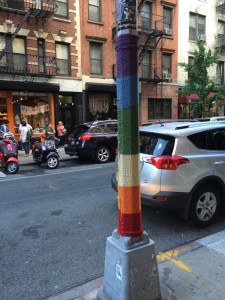Digital Image of the City: Smart City Recommendations for Portland, Maine
This fall, I taught the Digital Image of the City in the Digital & Computational Studies Initiative at Bowdoin College. As over half the world’s population now dwells in cities, revolutionary advances in technology such as big data have caused policymakers and activists alike to shift their focus toward a movement of smart urbanism. Smart urbanism includes interventions in urban issues through better uses of technology and data, from gentrification to pollution, access to public spaces to improved walkability. In the course, students conducted qualitative field research and learned the geographic information systems (GIS) open-source platform QGIS. Then then identified an issue in the City of Portland related to the topic of housing, infrastructure, or public space. As the final outcome of the project, students created maps and conducted research to help them devise technological solutions to these issues.
On December 10th, 2014, the students of The Digital …

